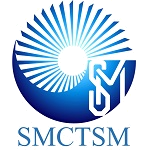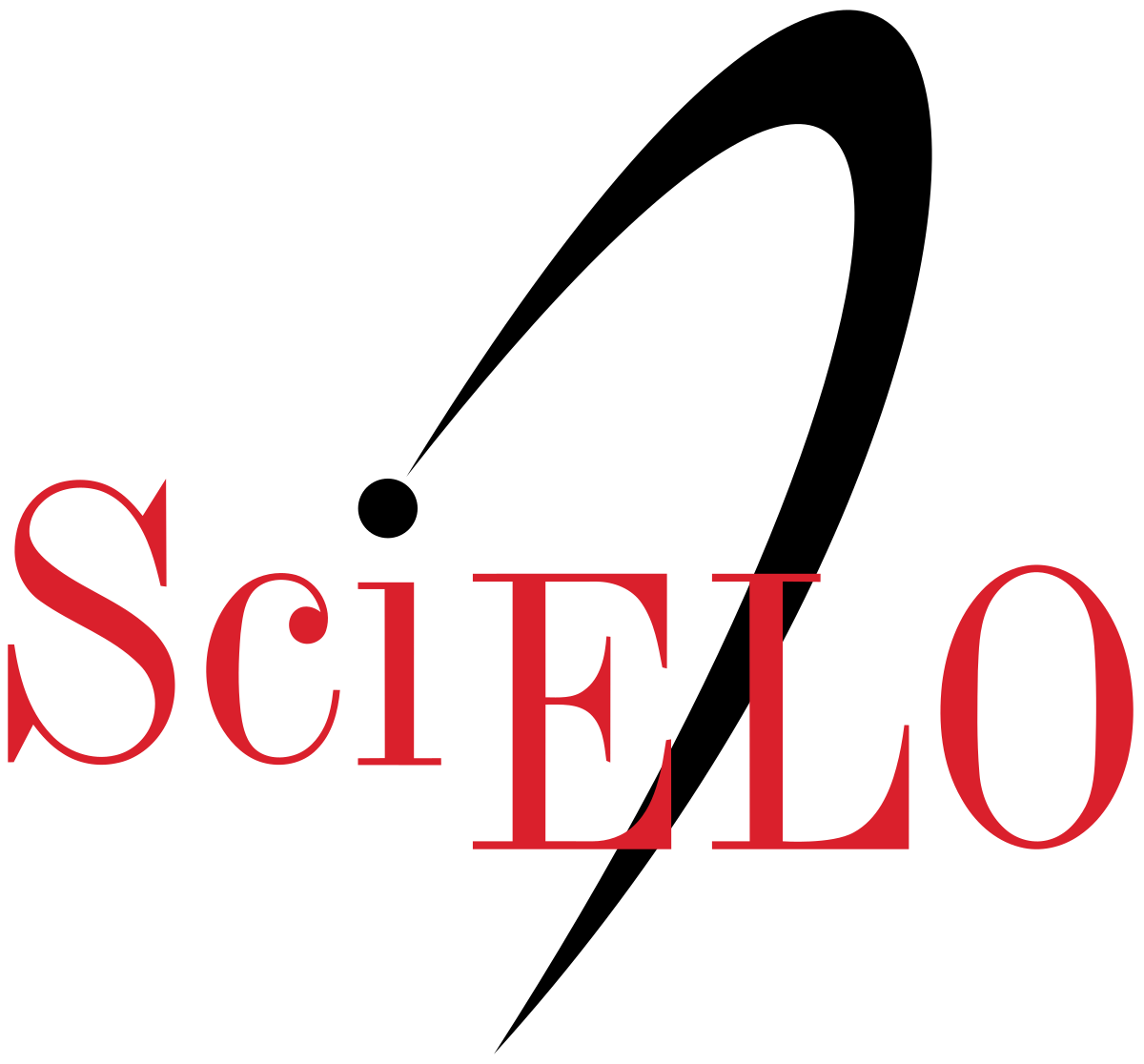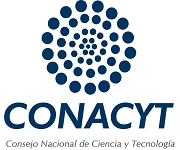Analytic modeling of a power micro generator based on MEMS technology and piezoelectric materials
Keywords:
MEMS, Harvesting devices, Piezoelectric materials.Abstract
In this work is presented an analytical modeling for a power microgenerator in order to obtain the most important figures of merit such as: voltage, generated power and displacement, in a harvesting energy system. The model compares three different piezoelectric materials: Lead Zirconate Titanate (PZT), Zinc Oxide (ZnO) and Barium Titanate (BaTiO3), taking in account the properties of materials and the parameters of the structure for designing more efficient harvesting devices. The modeling was done with a mass-spring-damper piezo system in conjunction with a storage energy system. The results of simulation showed that the PZT generated more power in comparison with the others, and the ZnO generated more voltage, which is an advantage where a system requires operate with more voltage than current. This analytical modeling was capable to predict the mechanical-electrical behavior of a piezoelectric microgenerator, which is very helpful in the design of MEMS harvesting devices for applications where the energy produced by the human movements can be collected.References
. L. M. Swallow, J. K. Luo, E. Siores, I. Patel and D. Dodds, Smart Mater Struct. 17, 1 (2008).
. H. Fang, J. Liu, Z. Xu, L. Dong, L. Wang, D. Chen, B. Cai, Y. Liu, Microelectr J. 37, 280 (2006).
. Shih-Nung Chen, Mechatronics 16, 379 (2006).
. S. Saadon, O. Sidek, Energ convers manage 52, 500 (2011)
. I. Dufour, J. model and simul of Microsystems 1, 57 (1999).
. M.S. Weinberg, B.T. Cunningham, C.W. Clapp, J. Microelectromech. S. 9, 370 (2000)
. .J. Ajitsaria, S.Y. Choe, D. Shen and D. J. Kim, Smart Mater Struct. 16, 447 (2007)
. Y. C. Shu, Smart Mater Struct. 15, 1499 (2006).
. A. Mahieddine, J. Eng Appl Sci. 10, 803 (2008).
. C.B. Williams, R.B. Yates, Sensor Actuator 52, 8 (1996).
. J. Quan Liua, H. Bin Fanga, Microelectr J. 39, 802 (2008).
. T. Dong, E. Halvorsen, Proc. power MEMS 39, 77 (2008).
. H. -Bin Fanga, J. -Quan Liu, Microelectr J. 37, 1280 (2006).
. M. Renaud and K. Karakaya, Senso Actuator A Phys. 145, 380 (2008).
. J. C. Park and J. Y. Park, J microelectromech S. 19 (5), 1215 (2010)
. D. Shena, J.-H. Park, Sensor Actuator 154, 103 (2009).
. S. Roundy, P. K. Wright, and K. S. J. Pister, “Micro-Electrostatic Vibration-to-Electricity Converters”, ASME IMECE, Nov. 17-22, New Orleans, Louisiana (2002).
. IRE, Standard on piezoelectric crystals: Determination of the elastic, piezoelectric and dielectric constant, 58 IRE 14, (1962)
. COMSOLAB, “COMSOL material library database”, version 4, CM021201, (2010).
Downloads
Published
Issue
Section
License
©2025 by the authors; licensee SMCTSM, Mexico. This article is an open access article distributed under the terms and conditions of the Creative Commons Attribution license (http://creativecommons.org/licenses/by/4.0/).





